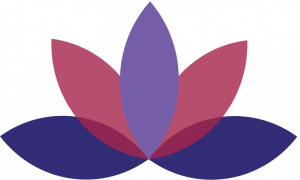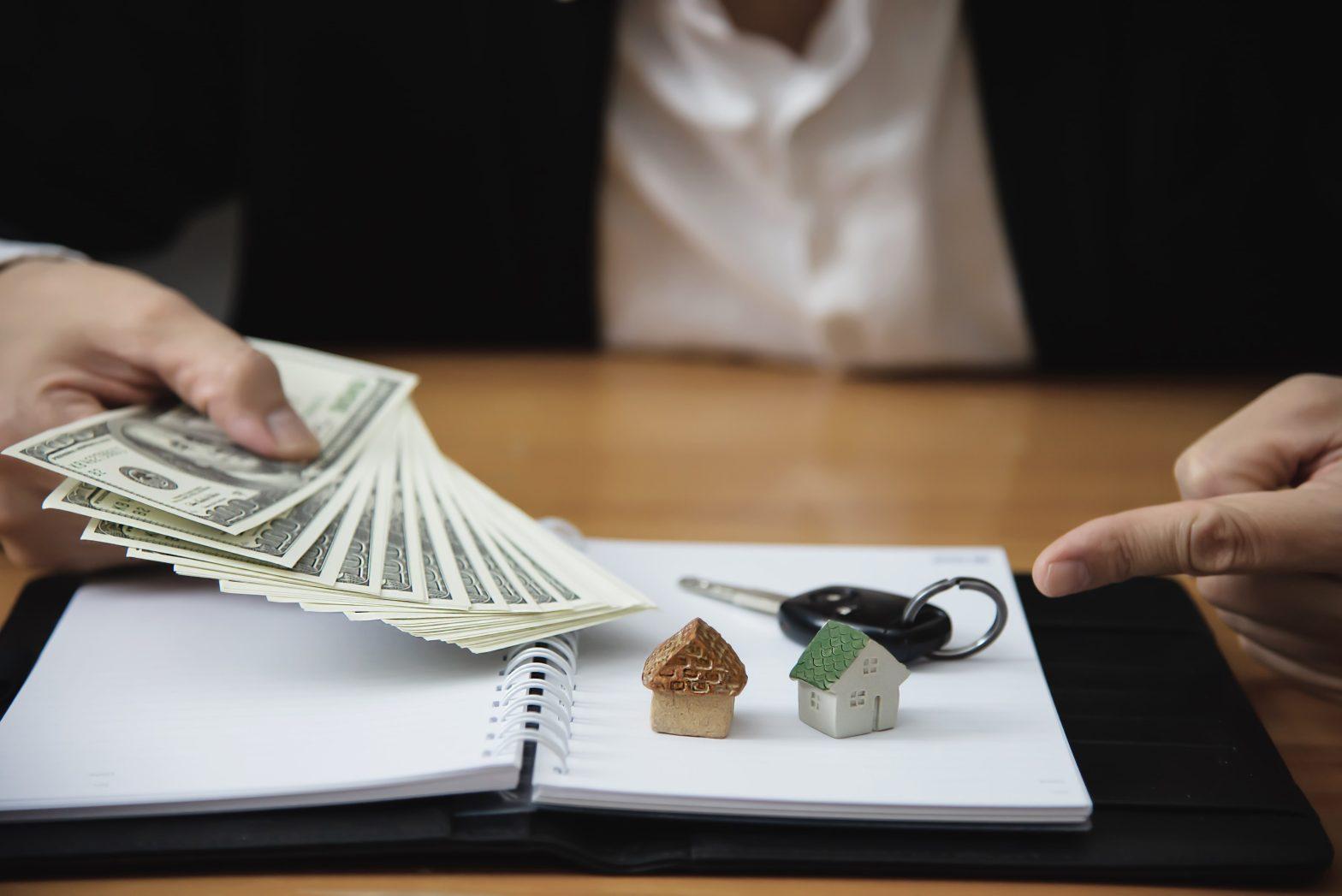When it comes to owning an investment property, one of the key aspects of being a successful real estate investor is ensuring you maximize cash flow to generate rental income and cover contingencies. However, not all investment properties guarantee maximizing cash flow. Sometimes you may have to buy an investment property that has tight cash flow numbers, or you might be in a housing market where tight cash flow is the norm. Through this blog, we are going to illustrate the strategies for maximizing cash flow from your investment property.
What is Cash Flow?
Cash Flow is the difference between a property’s income and operating expenses including debts. It represents the amount of money that remains after all capital expenditures are made. So, it is crucial in income-generating properties such as apartment complexes, single-family rentals, duplexes, or commercial buildings. The property has positive cash flow if the income is more than expenses and financing costs, it can have negative cash flow if the expenses and financing costs exceed the income. More cash flow determines better returns and more income for the investors.
Read Lilypads’ article on how to calculate rental property cash flow here.
Rental Property Cash Flow Calculator
The calculation of Cash Flow is easy and simple:
Cash Flow = Gross Income – Property Expenses
- Firstly you have to calculate the gross income from the property by identifying the expected rental income over a year. Additional income streams such as service fees or coin-operated laundry and vending machines should be included.
- Next, you have to subtract all property expenses and debts related to the investment property. This step includes all the deducted amounts from your bottom line of income such as mortgage payments and repair costs.
- The difference number is the property’s cash flow. The more accurate data you can collect, the more precise your cash flow calculation will be.
Strategies to maximize rental property cash flow:
1. Maximize Cash Flow by Increasing Rent:
Rent is based on the amount you charge, so if you charge more you get more. However, increasing rents can be a bit challenging for some landlords, usually due to fear of tenants moving out. This can be done by acquiring an underperforming property and aligning the lease to market rent. Or you can renovate a property, add new amenities (A.C. or dishwasher) and improve cosmetic finishes to increase the rent.
Make sure to raise the rent at the correct time, not during the holidays or a special occasion. By doing this the renters will feel more appreciated and they will pay the rent happily.
2. Maximize Cash Flow by reducing rental expenses:
With a good system and proper planning, you can save tons of money. Make sure to keep the expenses minimum. Lower rates and longer amortization periods will increase cash flow on a rental property. Lowering the monthly costs may free up enough cash flow by shopping around for a new insurance policy, switching utility companies, opting for an online tax service rather than a CPA this year, or other cost-cutting measures.
Another important factor to make the business run efficiently or manage cash flow is streamlining the process. You can use accounting software to generate invoices faster and allowing you to use your time efficiently and avoid paying wages excessively.
Using an investment property calculator will also help a lot as it calculates the ratio of the property’s cash flow to the amount of cash spent on the investment.
3. Maximize rental property cash flow by adding income from other sources:
Other sources of rental income include adding new amenities and providing additional services.
Adding new amenities can increase rental property cash flow –
One of the easiest ways to increase the cash flow of your rental property is by adding some new amenities. This will not only make you able to charge more rent from tenants but it will also keep them satisfied for the long term. Some upgrades will make easier rental turnovers. Upgrades will reduce surprise liabilities. Installing a security system and a keyless entry are two added amenities that will protect the property and tenants while adding value to the property. In this way, you can maximize rental property cash flow.
Providing Additional Services to generate higher rental property cash flow –
Rental property income can be increased by providing tenants with additional services such as cleaning services, coin-operated laundry, vending machines, storage, garage, or parking space. You can also allow pets with a pet fee. You can also provide additional storage such as storage for bikes, cars, etc this generates extra money. Also, regular maintenance can reduce cash flow such as cleaning of gutters before winter hits, trimming trees, and a routine checking of HVAC units. In this way, you can ensure a high cash flow rental property by increasing the rents.
Read Lilypads’ article on value add strategies in real estate here.
4. Maximize cash flow by choosing good tenants:
Choosing a good tenant who pays the rent on time and does not destroy the investment property is actually needed for increasing the cash flow on a rental property. Vacancies are expensive.
You have to choose reliable tenants and put in sufficient effort to keep them from moving on. You can offer some incentives or attractive flexibilities related to Covid-19 such as digital payments or shorter leases, etc these can attract the tenants.
5. Maximize cash flow by appealing property taxes:
Property taxes can increase every year. If the increment rate is higher, then the cash on cash returns also increases diminishing cash flow problems. Depending on the market you invest in, it sometimes makes sense to appeal your property taxes to the local government if you feel the increase was unjustified.
6. Try R.U.B.S.:
R.U.B.S. stands for ration utility billing systems. It’s a way to bill utilities by dividing up 100% of all the utilities your building takes amongst your tenants based on factors like square footage. This will reduce the amount a landlord contributes to the building’s overall utilities.
7. Refinancing:
Refinancing the purchase price and the loan will get better terms and make smaller interest payments over time, which will increase your cash flow. If you see rates falling, you may be able to refinance, lower your monthly mortgage, and increase your cash flow while investing in rental properties.
8. Invest in Class C or D properties:
To improve your cash-on-cash return you could invest in Class C or Class D properties. These properties are more affordable because they are less desirable. They may be older, require significant repairs, are less likely to appreciate in value, have a higher tenant turnover, and come with other drawbacks. But still, single-family homes generate more returns as they are more affordable.
9. Invest in Zero Property Taxes:
The majority of states have low property taxes. Hence, they are states without a property tax. If you decide to invest in such a state, check that the tax deductibility, cost of living, and median home value are low. A home that is less expensive to maintain, repair, and upgrade is your best option.
10. Follow the law and be prepared:
Finally, just don’t focus on increasing your rent, make sure you minimize vacancy rate and overall risk, maximize re-signings, maintain your property, and don’t do anything that might get you in trouble.
You can do this in several ways:
- Screen potential tenants well
- Security deposits
- Build a positive relationship to maintain the best tenants
- Practice fire prevention
- Perform seasonal maintenance
- Prevent common lease violations
- Be prepared for early terminations
- Understand evictions
- Invest in landlord-friendly states
- Perform seasonal maintenance
- Prevent common lease violations
- Be prepared for early terminations
- Understand evictions
- Invest in landlord-friendly states
The 1% rule or the Rule of Thumb:
The 1% rule in rental real estate is a formula to determine whether the property is going to have a positive cash flow or negative. The rule states that the property’s rental rate should be a minimum of 1% of the purchase price.
The 1% rule is a general thumb rule. In various real estate markets, this rule does not go forth. If the rental property of the real estate is expensive if the state implies higher property taxes if the area requires extra insurance for flood or any other natural calamities or has deferred maintenance then those property’s 1% purchase price may not provide positive cash flow. This rule is not the foremost cash flow analysis; rather it is a quick tool to check it and make a decision of moving further.
The Lilypads Bottomline :
Investing in real estate is all about understanding the numbers. After all, the reason behind investing is to get a return and cash flow is the major factor in the buy-and-hold investment strategy. Before summing up there are two pieces of advice: Before you invest in real estate, it’s great to define your investing criteria and your goals. Understanding cash flow is crucial for a successful investment journey. Following all the above strategies while keeping increasing rental property in mind will help you to maximize your cash flow.

